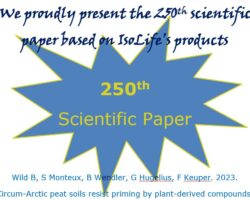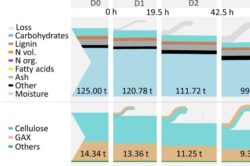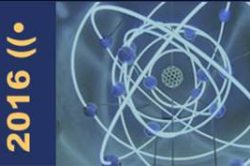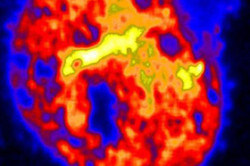Potatoes are a good, natural source of carbohydrates, energy, dietary fiber, minerals, and vitamins.13C-labeled potatoes are extremely helpful to investigate the caloric properties and the behavior of functional components of specific potato varieties in a normal daily diet. For this purpose, IsoLife has produced several stable isotope labelled potato varieties during recent years. One of the projects – co-financed by ‘Samenwerkingsverband Noord-Nederland’ and performed by IsoLife in co-operation with the partners HZPC, Aviko and the University Medical Center Groningen – investigated whether the caloric value of potatoes and potato products could be (further) decreased by specific procedures in potato breeding or product processing.
HZPC Holland BV is a breeding company and a trade company for the development and sales of innovative potato varieties in the potato supply chain with focus on potatoes for consumption and potatoes for French fries, chips and the food chain.
AVIKO BV is the largest Dutch producer of potato products with focus on health aspects.
The ‘Center for Medical Biomics’ (UMCG), the department of professor Roel Vonk, has contributed in areas like digestion, fermentation, and metabolism of potato components in relation to human health. The UMCG has co-ordinated the large EU-research project EUROSTARCH
The results, based on detailed experiments with 13C-labelled potato products, show that the caloric value of potato products can indeed be (further) decreased through changes in their composition.
Development Fund, and the “Samenwerkingsverband Noord-Nederland (SNN)”, a joint agreement between the provinces of Drenthe, Groningen and Fryslân. EZ/KOMPAS under number AA099.
 Dasgupta et al. 2024. Microbial dynamics during in-situ organic matter decomposition reveals the importance of keystone taxa in the core microbiome.
Dasgupta et al. 2024. Microbial dynamics during in-situ organic matter decomposition reveals the importance of keystone taxa in the core microbiome. Vesamäki. 2024. Plant microbial interactive effects on soil carbon in relation to soil structure.
Vesamäki. 2024. Plant microbial interactive effects on soil carbon in relation to soil structure. Nweze et al. 2024. Cellulose fermentation by the gut microbiota is likely not essential for the nutrition of millipedes.
Nweze et al. 2024. Cellulose fermentation by the gut microbiota is likely not essential for the nutrition of millipedes. Yoshioka et al. 2024. Hydroxycinnamaldehyde-derived benzofuran components in lignins.
Yoshioka et al. 2024. Hydroxycinnamaldehyde-derived benzofuran components in lignins. Van Trijp et al. 2024. Intraintestinal fermentation of fructo- and galacto-oligosaccharides and the fate of short-chain fatty acids in humans.
Van Trijp et al. 2024. Intraintestinal fermentation of fructo- and galacto-oligosaccharides and the fate of short-chain fatty acids in humans.










































